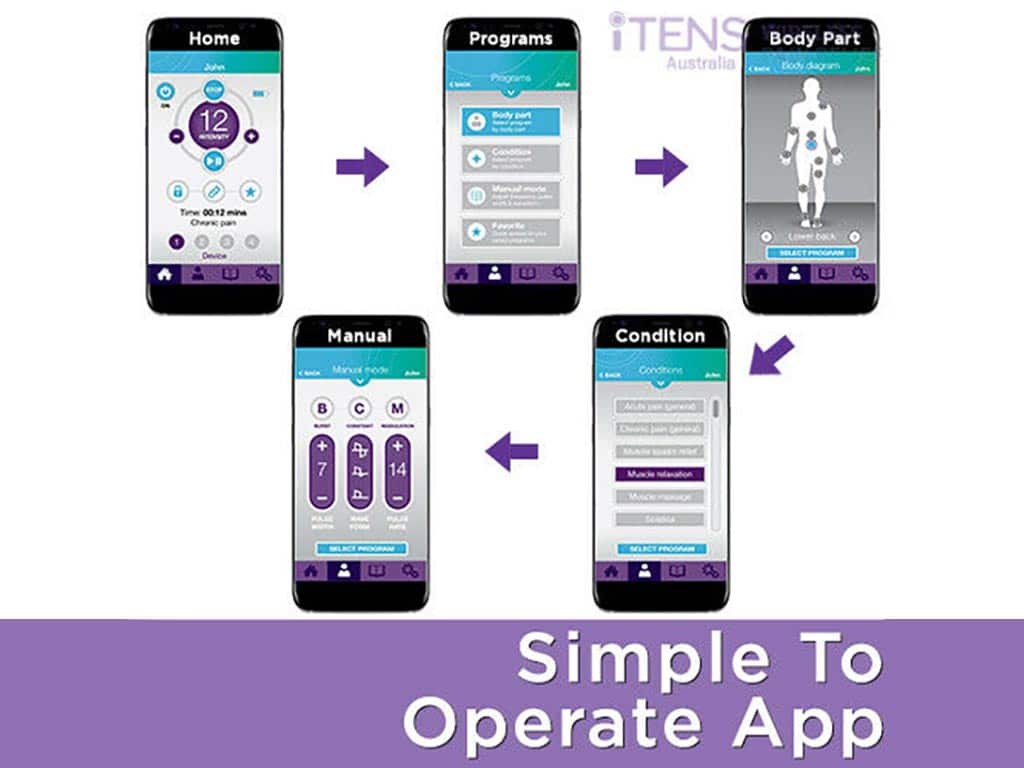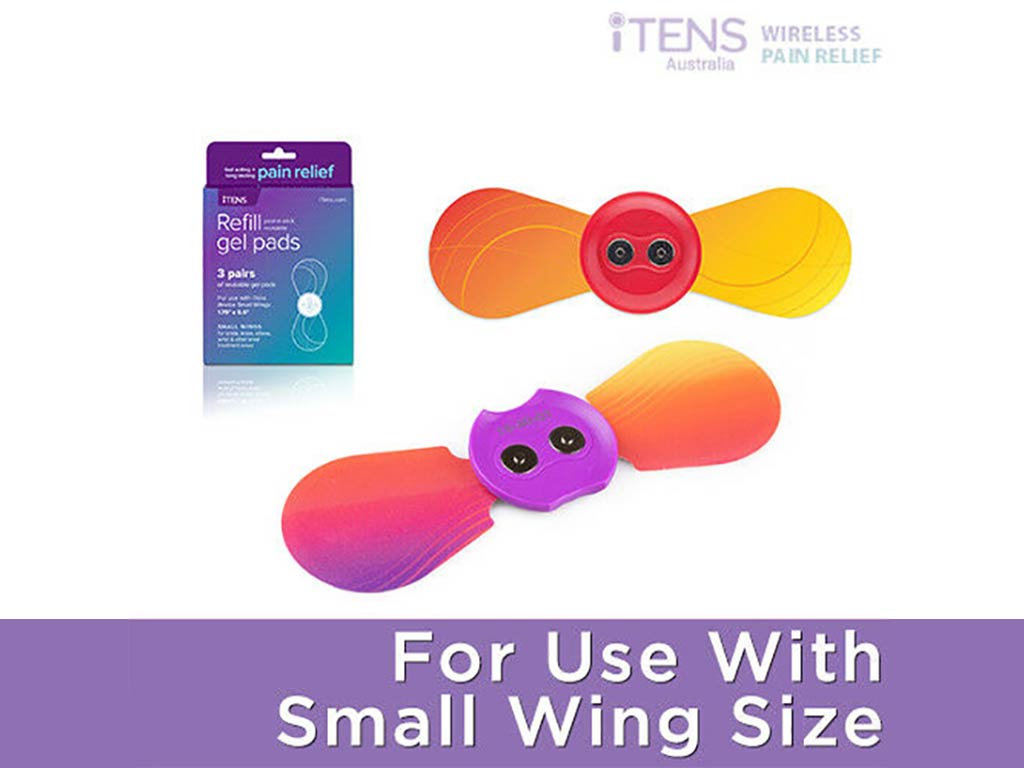
Piriformis syndrome is a painful condition that affects the sciatic nerve. It causes radiating pain from the buttock down the leg. Traditional treatments may involve physical therapy, stretching exercises, and pain medication. Another approach that offers effective relief is Transcutaneous Electrical Nerve Stimulation (TENS). A TENS unit for piriformis syndrome is drug-free and non-invasive. It consists of small electrode pads to stimulate the affected nerves. Careful administration and safety precautions are essential for effective pain relief.
A TENS machine is a portable battery-operated device with adjustable controls and adhesive electrodes. It delivers small electrical impulses to the affected area of the body through the skin. This causes the body to relieve pain symptoms through several natural mechanisms. While medicines and other methods may help, many people may seek alternative therapies like TENS. This article will provide a better understanding of piriformis syndrome and the use of TENS machines.
Understanding the Condition Before Using a TENS Unit for Piriformis Syndrome
Piriformis syndrome is defined as entrapment neuropathy that affects the piriformis muscles, which are located in the buttocks. It occurs when the muscles become tight, leading to compression or irritation of the sciatic nerve. The symptoms are often similar to other conditions like sciatica, making its diagnosis challenging. A medical professional may perform several tests to rule out conditions such as lumbar disc herniation and Sacroiliac (SI) joint dysfunction.
There are several factors that contribute to buttock pain, including gender, a sedentary lifestyle, an increase in Body Mass Index (BMI), and injury. Without early prevention, this may lead to chronic pain. However, people with the condition may use a TENS unit for piriformis syndrome management.
Before using the machine, it is important to ensure that TENS therapy is a suitable treatment method. Individuals may consult a doctor who can review their medical history and give a go signal. For instance, it is commonly contraindicated for people with heart problems, epilepsy, implanted devices, and pregnant women.
Symptoms of Piriformis Syndrome
- Sciatica-like pain, such as tenderness, dull ache, and sharp pain in the buttock. The symptoms are similar to sciatica but in a more specific area.
- Swelling or numbness in the buttocks.
- Difficulty in walking, standing up, climbing up the stairs, or getting out of bed.
- Pain after sitting for extended periods.
- Muscle spasms in the hip area.
- Reduced range of motion of the hip joints.
- Muscle tightness of the piriformis muscles due to overuse or excessive sitting.
- Burning sensations in the butt, hip, or upper leg.
- Tingling or shooting pain in the thigh, calf, or foot.

Main Theories at Work When Using a TENS Unit for Piriformis Syndrome
The primary theories behind the use of the TENS unit for piriformis syndrome include the Gate Control Theory and Endorphin Release Theory. The first one suggests that electrical stimulation can help close the”neural gate” in the spinal cord. As a result, it blocks the transmission of pain signals from the pain site to the brain.
The Endorphin Release Theory suggests that the electrical pulses from the TENS unit can trigger the production of natural painkillers. Endorphins and other hormones bind to opioid receptors, helping them to suppress pain sensations. They also help reduce stress and improve mood. Also, this helps increase blood circulation in the area, which reduces inflammation.
Moreover, electrical stimulation for pain management is based on the capacity of the nerve cells to generate electrical signals. These signals transmit information to the brain and other parts of the body. By overriding the nervous system with electrical currents, it mimics the natural electrical signals that occur in the body. Consequently, it desensitises the nerves and blocks pain signals.
Adjusting the Frequency and Intensity
TENS machines have adjustable frequency and intensity settings to address different levels of pain. The frequency, measured in Hertz (Hz), is the rate of pulses per second. Low frequencies are best for chronic pain, while higher ones provide more effective relief for severe or acute pain conditions.
On the other hand, intensity or amplitude refers to the strength of the electrical pulses. It is measured in Milliamp (mA). This is adjusted according to individual tolerance levels. To get the best results, it is important to keep the intensity at a comfortable level. Thus, getting a TENS machine that allows adjustments in small increments is recommended.

Operating a TENS Unit for Piriformis Syndrome
Using a TENS unit for piriformis syndrome is a fairly simple process. Firstly, secure the necessary connections of the device, such as the wires and the electrode pads. Then, place the pads on the treatment area and turn on the machine. The device produces mild tingling sensations that should be strong but comfortable.
Secondly, adjust the settings according to the pain condition or instructions of a healthcare provider. In addition, start at a low intensity and increase gradually until achieving the desired sensations. Thirdly, set the treatment duration for 15 to 30 minutes. Lastly, turn off the TENS machine before removing the electrode pads after the session.
People with chronic pain may use the device several times a day as necessary. However, ensure not to exceed the treatment duration for one hour at a time. After use, cleaning the electrodes and storing the device properly is advisable. Regular maintenance helps prolong the life of the pads and minimises the frequency of buying their replacements.
Electrode Placement for Effective Relief
For effective pain relief, place the TENS electrodes opposite each other on either side of the affected area. For piriformis muscle pain, position the pads across the buttock or just above the gluteal fold. Additionally, keep a distance of one to two inches apart for an even distribution of electrical stimulation.
Individuals may alter the pads slightly so the currents will hit the right nerves. However, users should take the necessary precautions to avoid certain areas. For instance, do not place the electrodes near or over broken skin, open wounds, or infected skin. Lastly, avoid any joints or the pubic area.
Conclusion
TENS machines are a safe and effective option for treating piriformis syndrome and related conditions like sciatica and SI joint pain. Using a TENS unit for piriformis syndrome can deliver direct stimulation to the affected nerves through mild electrical impulses. This process helps to block pain signals and release endorphins for pain relief. Furthermore, the machine has adjustable settings to fit different levels of pain. Users can modify the frequency and intensity according to their tolerance or comfort level.
With proper use and safety precautions, individuals can use the TENS machine for long-term pain management. Nevertheless, it is vital to consult a doctor before using any electrical device. TENS therapy may not be suitable for people with serious medical conditions and pregnant women. Lastly, TENS and preventive measures like regular exercise can help mitigate the piriformis syndrome symptoms. It is best to use the TENS machine as an adjunct therapy to other pain relief methods.




















